Would you be interested in a Proton Persona powered by 100% electric power for about RM80k? That could be a genuine question sometime in the future, thanks to Detroit Electric.
The team from Detroit Electric is in KL this week with their fleet of prototype electric cars built on existing models. A few cars were available at the media event today including a Lotus Elise, a Proton Persona, and a Proton Savvy. All were powered by Detroit Electric’s electric powertrains with various power ratings.
We took the Lotus Elise for a spin around Proton’s oval test track at its Shah Alam plant.
When I nestled myself into the cockpit, it was all calm and serene. The car felt like wasn’t even turned on. It was extremely quiet which is good in a way but for sports cars like the Elise, you would want to hear the rumbling engine sound.
Getting into first gear was a snap, as I did it without kicking the clutch pedal. You just have to slot it into first and go. The clutch is only used for the rest of the gear selection while driving. You don’t need any synchros and clutches to get the car moving from a standstill as the electric motor is perfectly happy idling at 0 rpm. It’s basically an engine that never stalls because an incorrect engine speed just does not exist.
Since I was eager to find out how much of a kick the electric motor can give, I gunned the throttle in anticipation. The acceleration was excellent as I made my up to third gear to reach 150km/h towards the end of the back straight. To put it into perspective, the power felt much alike a second generation Audi TT powered by the 2.0 litre TFSI engine.
As I eased off the throttle and dropped the gear to second to tackle the banking curve, the car really felt stable, as though the Elise was part of the tarmac. Through out the curve, I did push it a little harder, and I felt a good kick up my bottom when I shifted to third, and subsequently to forth gear right before slowing down on the main straight. I really wished I could have gone for more laps. Power wise, the only thing was missing from a high revving and high torque conventional engine was the sound, and thats it.
With the electric motor, you are never in the wrong gear as all the torque is available at all times. This will make an electric sports car so much easier to drive and I have a feeling its also easier to clock quick times on the track compared to one powered a conventional combustion engine.
I also got the chance to become a passenger in a Proton Persona which was fitted with a lower powered prototype electric motor. There are no issues with auxiliaries that are usually powered by belts as these days there are electric power steering systems. The Persona was also complete with a must have feature for our climate, an air conditioning system that runs perfectly well. It really felt like I was sitting in a standard CamPro-powered Persona, everything was normal but very quiet, so quiet that tyre roll became so much more prominent.
The boot space in the Persona was pretty much completely taken up by the lithium ion batteries, but according to DE that is because this is a prototype that was quickly developed for the media preview. In a production car the batteries would be hidden better in a not so intrusive way.
The electric Lotus Elise had a 150kW (200hp) electric motor that can take it up to 100km/h in 4.3 seconds, and goes up to a top speed of 220km/h. It has a range of 325km and can be charged using a 240v 10A power source in 6.5 hours. A 240v 35A power source will do that in 3.5 hours while a quick charger with 240v 100A can charge it up to 80% in 10 to 15 minutes. A typical passenger car motor would have 75kW or 100hp and will do the 100km/h sprint in 8.5 seconds. Range and charge time is similiar to the Elise.
Detroit Electric’s CEO Albert Lam said the running costs for a Proton Persona powered by an electric motor could cost about 3 sen per km based on current electricity tariffs. This is despite a typical 1,000kg car having an additional 200kg of weight added thanks to the electric motor and batteries. This means a Persona that weighs between 1,170kg to 1,240kg could end up weighting nearly 1,500kg. It sounds like an interesting proposition and the savings in monthly fuel expenses could justify for the higher initial cost.
A typical electric car can go between 200 to 300km on a full charge which should pose no problems for city driving but the problem would be inter-state trips which would definitely extend beyond the range. Using the air conditioning everyday uses about 8% of the battery life per day.
As for maintenance, Detroit Electric compared maintaining an electric motor to a “gearbox”, and that costs and maintenance procedures are similiar. The electric motor is developed in-house and is claimed to be revolutionary in the sense that it can produce 5kW per kg of weight compared to a normal motor’s 0.25kW per kg of weight. Thus the motor is supposed to be more compact and lighter than most of its competitors. The battery is expected to have a lifespan of 200,000km but it was not mentioned whether capacity would also slowly dwindle down to unusable amounts nearing the end of its lifespan.
Charging the battery with a conventional wall socket takes between nearly 7 hours, but there is a quick charger that can charge the car up in less than half an hour. Even so, I don’t think this quick charger will be very portable otherwise it would have been integrated into the car anyway. You can’t be expected to park somewhere and plug the car in for 7 hours straight.
One solution would be a network of quick charge stations around the country. It’s a chicken and egg thing and our NGV refueling stations never really went anywhere in terms of nationwide coverage, but I believe with the right people pushing it (a sad fact for Malaysia), it could happen.
Even once a quick charging infrastructure around the country is up and running, half an hour of charging will need some getting used to compared to the refueling process of a few minutes that we are currently used to. Charging stations will also have to be huge with many charging points as these cars will be parked there hogging the charge stations. Still, I believe if 3 sen per km is achievable people will have no qualms about waiting.
Electric Protons powered by Detroit Electric technology could be a reality in the future if talks go well. Detroit Electric says they are currently in talks with three manufacturers, one of which is Proton. The other two are an American company and a German company. The company’s talks with Proton revolves around the possibility of Detroit Electric buying various Proton chassis to develop their electric cars, and Proton selling Detroit Electric motors in a specific region which would be the ASEAN region for us, naturally.
All talks are still too preliminary at the current point of time and neither Detroit Electric or Proton would comment on how talks have progressed. But DE intends to have its first cars on the road in about 18 months time so we should be hearing something soon.
If things go well we could also see Detroit Electric setting up an overseas R&D center here in Malaysia. If that happens, we could see a total of RM1.02 billion invested in Malaysia over the first 5 years.
AD: Drive the Proton model of your dreams. Submit your details and Proton PJ will get in touch with you.
Looking to sell your car? Sell it with Carro.

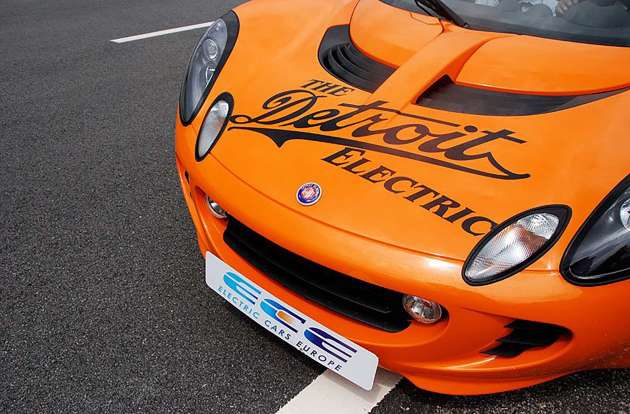
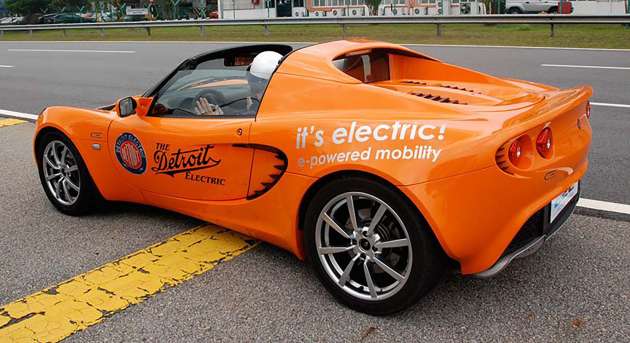
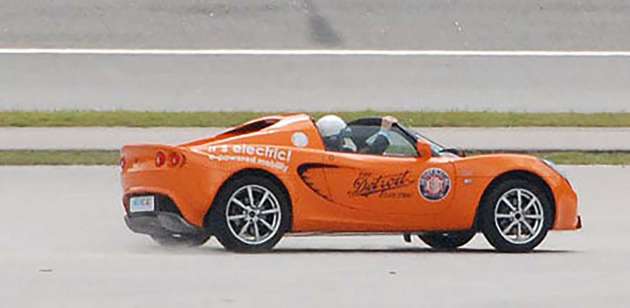
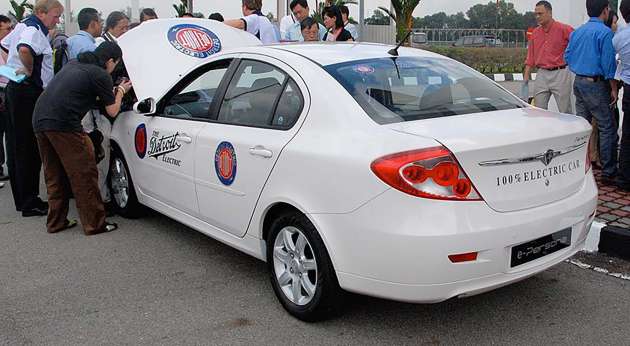
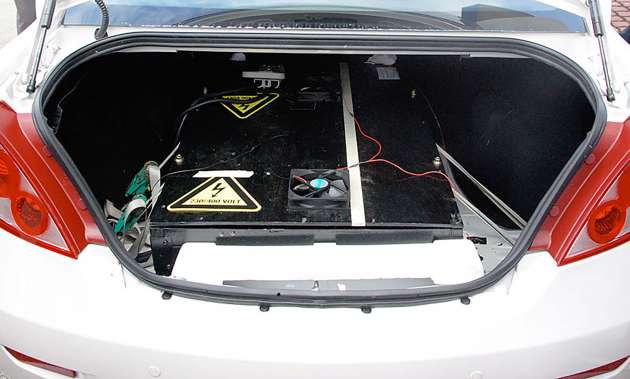
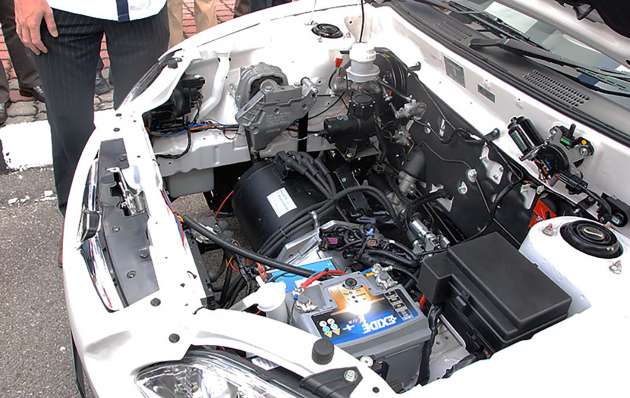
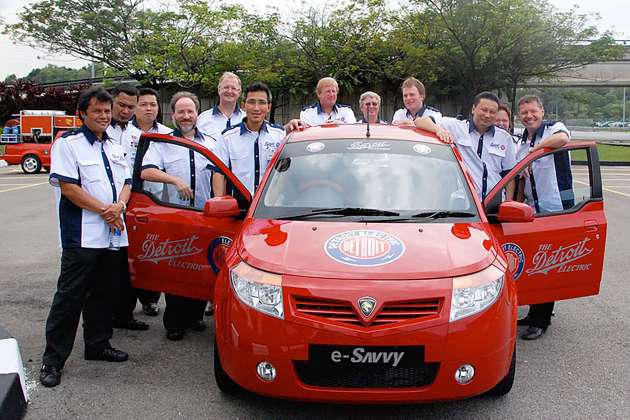
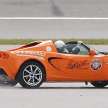
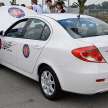
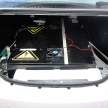
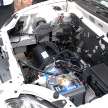

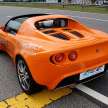
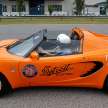

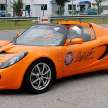
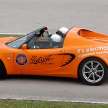
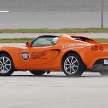
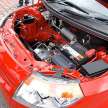
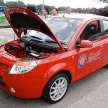
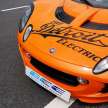
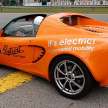









AI-generated Summary ✨
Comments express enthusiasm and support for Detroit Electric's electric vehicle plans, emphasizing environmental benefits, cost savings, and technological advancements. Many highlight the practicality of a 300km range for urban driving, potential for battery recycling, and the importance of proper infrastructure like charging stations. Concerns are raised about battery lifespan, replacement costs, and the need for quick charging solutions. Several comments discuss the potential impact on Malaysian industry, government involvement, and the advantages of hybrid and pure electric options. Overall, the sentiments are optimistic about electric vehicles as a cleaner, cost-effective alternative, with calls for proactive planning and government support to overcome current technical and infrastructural challenges. Off-topic discussions are mostly filtered out to focus on the relevance of EV technology and its future in Malaysia.